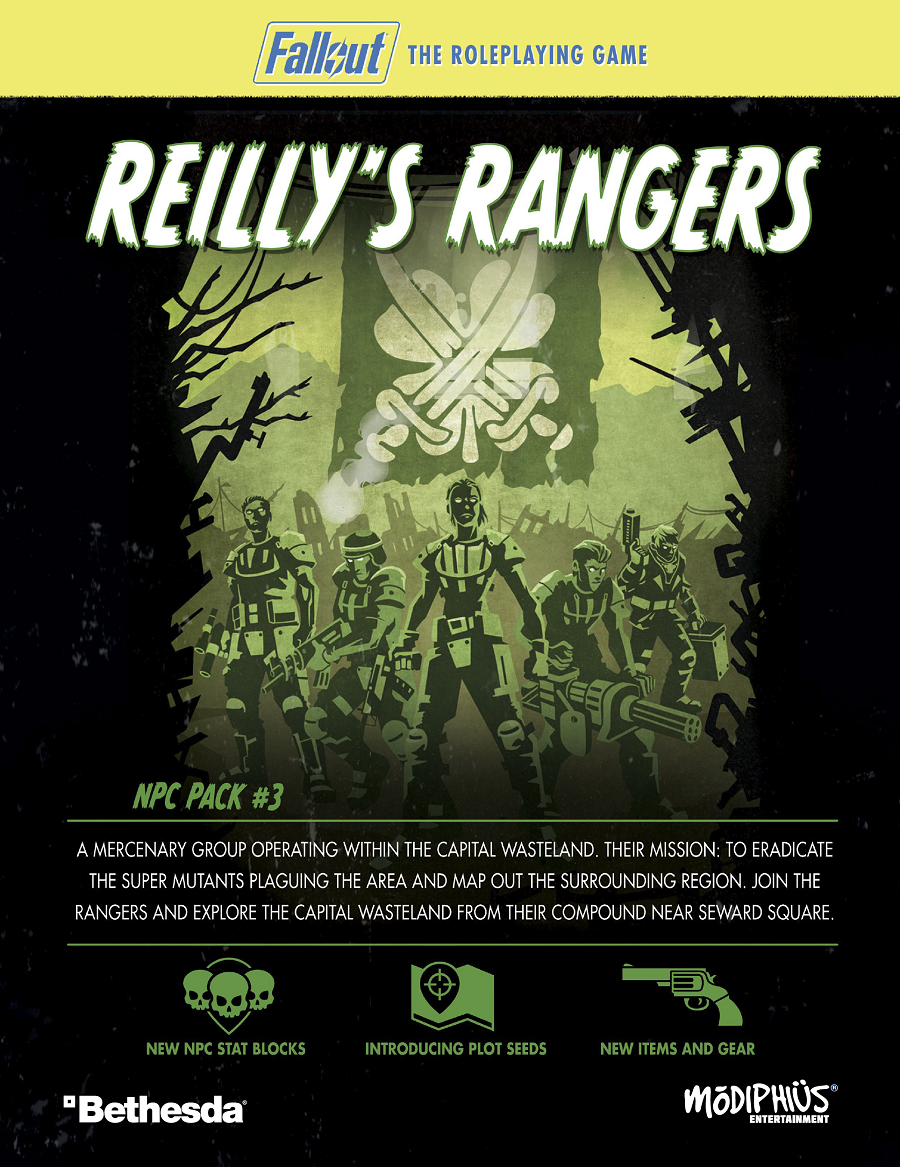Somewhat recently, Amazon got together six writers you’ve likely heard of and tasked them with writing science fiction stories. It’s called “The Far Reaches.” And, with how fun it was reviewing the similar series, “Creature Feature,” it seemed like a good idea to continue the trend.
So, we’ll be seeing which one is the best, and going over them in the order they are presented. Starting with…
“Slow Time Between the Stars” by John Scalzi
“Slow Time Between the Stars” has almost no plot. And that’s perfectly fine. If you try to read it expecting a plot—or really even conflict—to arise, then you’ll be disappointed. This is pure idea-based science fiction. It’s continuous interesting ideas. That’s it.
No, literally: that’s the whole thing. This is going to be a short article because I don’t want to summarize the ideas presented. “Slow Time Between the Stars” is a good story, and I don’t want to deprive you of the experience.
But here’s the hook—in case you need convincing—and you’ll notice that it’s very similar to several other stories in this collection. In the future, we send out a machine to populate other planets (like “How It Unfolds”) with a self-aware ship (like in “Just Out of Jupiter’s Reach.”), but the difference is it’s an A.I. with its own opinions of the mission.
And that’s where almost all the interesting stuff happens. The A.I. is similar enough to us that we can understand it, but it doesn’t operate by our logic in a few key ways. Those ways are, naturally, spoilers, but we do get a lot of time to experience the A.I.s thought process.
We get all the time, actually. This is what I mean by no plot. “Slow Time Between the Stars” is a continuous monolog from the A.I. about its opinions, its goals, what it has seen, what it plans to do, etc. It is remarkable that the story remains fascinating. The prose style is full of long, winding paragraphs that don’t offer you anything but ideas.
But, again, it’s a really interesting story. There are even a few curveballs that keep things engaging. Sure, some people might hate the ending because of this—I certainly got annoyed about it—but the story is committed to exploring an A.I.s thought process. Any rules of narrative be damned. Expect that, embrace that, and “Slow Time Between the Stars” will give you an enjoyable science fiction experience.
Possibly Related Posts:







